EMBRYOSALE
In our commitment to animal welfare, we have opted for this new line that allows us to export our genetics avoiding, on the one hand, the stress and risks associated with the transport of born foals while reducing costs for our national and international customers.
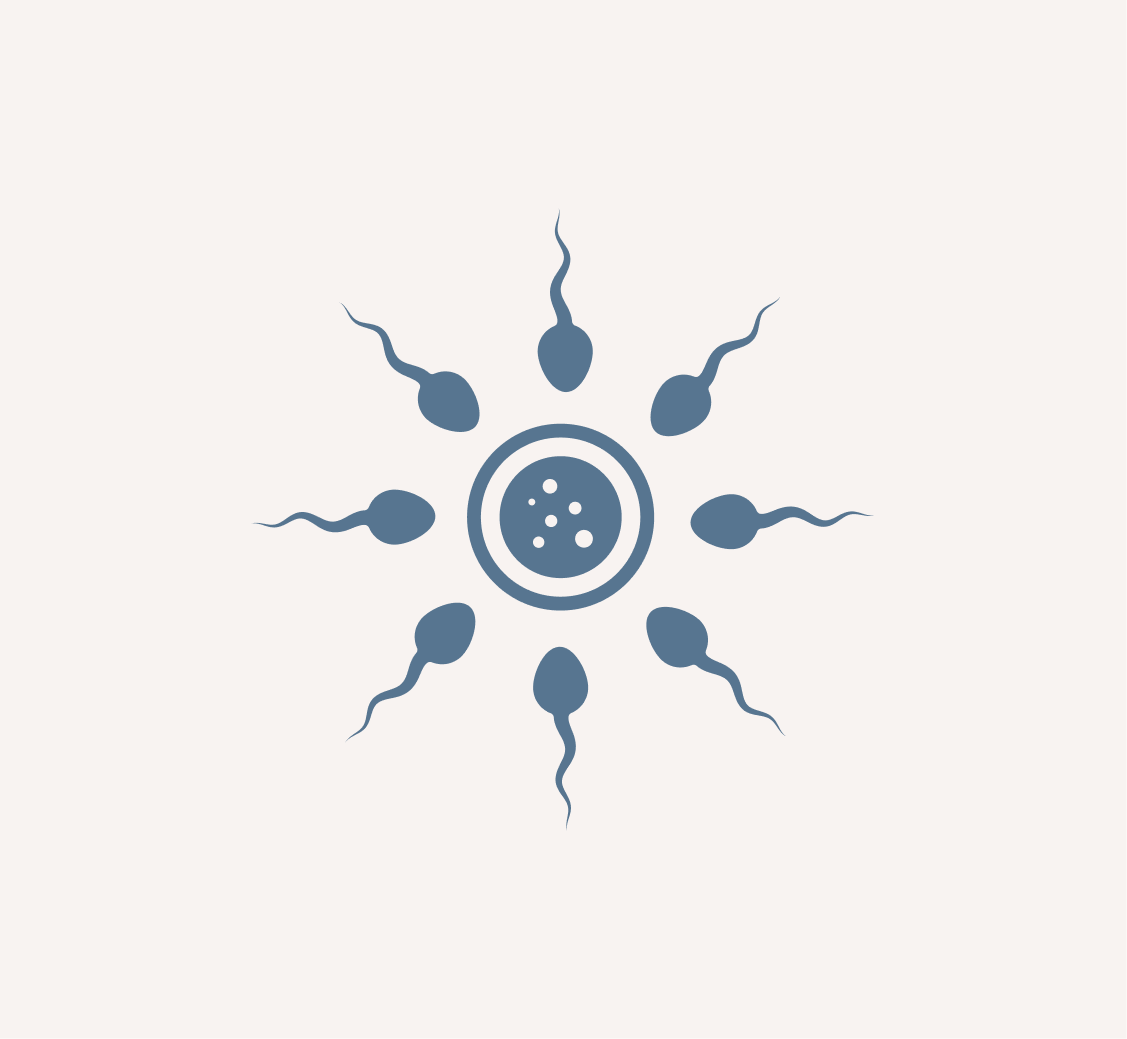


The collaboration between veterinary teams and human doctors has allowed us to perform delayed embryo transfers, that is, vitrified embryos after their procurement in an in vitro fertilization (IVF) cycle to transfer them to the maternal uterus in the future, a very useful strategy to minimize the number of recipient mares to 1.
In this way, synchronization between the donor and the recipient is not necessary and it is possible to choose when to implant the embryo and even keep it cryopreserved in an efficient and safe manner, preserving its implantation potential intact.

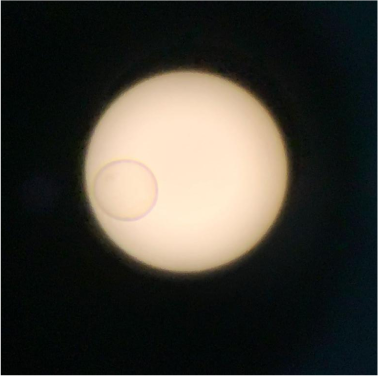

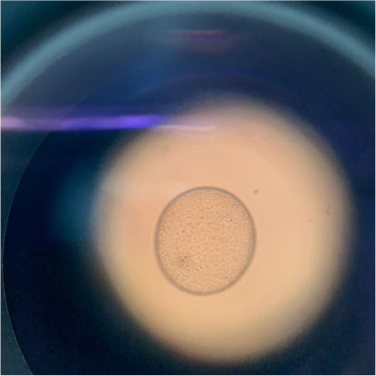

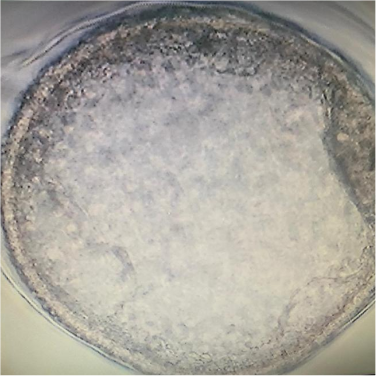
ERMITAÑO III
First elite Spanish Pure Breed Horse. Origin of most of the Spanish thoroughbred dressage champions
The recent acquisition of semen from Ermitaño III (the first elite Spanish thoroughbred stallion and the origin of many of Spain’s thoroughbred dressage champions), who passed away more than 20 years ago, has led us to start collaborating with experts in equine reproduction to try to maximize the number of foals obtained from the few remaining semen of this legendary horse.
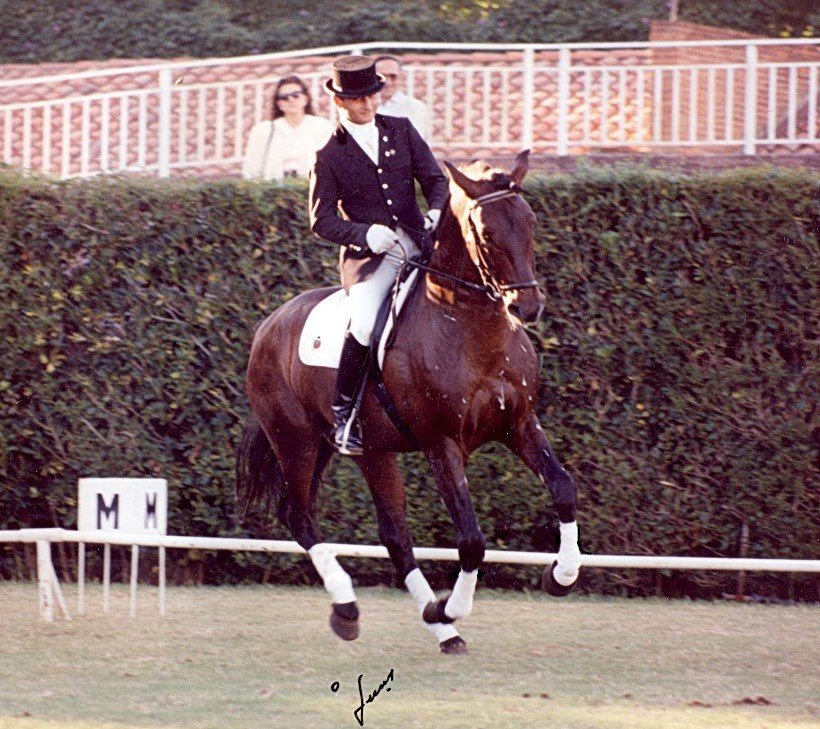
ABOUT LUIS LUCIO
Rider of the legendary Ermitaño III
Luis Lucio, Barcelona 1958.
Absolute Spanish Champion in 1983 and International competitor of the Spanish team in GB, France, Switzerland, Belgium, Luxembourg, Portugal, Germany, Italy, Holland, Denmark, Australia and USA.
As a rider he was an Olympian twice, being part of the Spanish Olympic Team in the Olympic Games of Atlanta 96 and the Olympic Games of Sydney and 2000 in which he was Olympic Diploma.
As a trainer, his students have won more than 100 medals in Spanish Championships since 1980 and he has been the Spanish representative in the International Dressage Trainer Club since that year.
ABOUT ERMITAÑO III
First elite Spanish Pure Breed Horse
Luis Lucio wanted to share with YEGUADA MAC his memories of the great ERMITAÑO III. We appreciate the affection and this testimony about the great horse that has marked the history of the Spanish Pure Breed Horse.
“I remember that Ermitaño III was a horse out of the ordinary, serious, expressive, intelligent, with a privileged morphology. He was an outstanding pupil.
When I rode him, he gave me the sensation of a great “amplitude in all the gaits, fluidity and harmony”.
The length and structure of the neck was impressive, from the saddle it looked spectacular.
It was really like riding a horse of Kings, able to move with enormous agility and, at the same time, without haste.
His mouth was soft and delicate and he always required mouthpieces that gave him confidence and comfort. confidence and comfort.
He was ample in his stride, expressive at the trot and at the gallop he flew. I remember that with a slow tempo he was able to move with wide strides and with great balance.
My friends used to say that he galloped like a “jumping horse”. It is true that at that time it was difficult for the judges to see this breed as a model for the discipline, although when they saw this horse in the show ring they could not fail to see his great potential and quality of gaits.
The presence of international judges in the most important competitions was a great help, since their criteria made us reflect on the clichés that we had at that time about dressage in Spain. They presented traits of his natural balance, the amplitude and mobility of his canter and the enormous class.
I began to compete in the foal tests, making history, since for the first time, PRE horses were proclaimed winners of the RFHE Premiums at 4 and 5 years of age, with the particularity that the tests were open and I competed against Central European horses.
It was a revolution to get ahead of them, this was a before and after for this breed.
The qualities that “Ermitaño III” has contributed to his offspring are innumerable.
I have been able to train and observe many of Ermitaño’s offspring and the great majority of them show traits of his natural balance, the amplitude and mobility of his canter and his enormous class.”


The collaboration between veterinary teams and human doctors has allowed us to perform delayed embryo transfers, that is, vitrified embryos after they have been obtained in an in vitro fertilization (IVF) cycle in order to transfer them to the maternal uterus in the future, a very useful strategy to minimize the number of recipient mares to 1.

In this way, synchronization between the donor and the recipient is not necessary and it is possible to choose when to implant the embryo and even keep it cryopreserved in an efficient and safe manner, preserving its implantation potential intact.






ERMITAÑO III
First elite Spanish Pure Breed Horse. Origin of most of the Spanish thoroughbred dressage champions
The recent acquisition of semen from Ermitaño III (the first elite Spanish thoroughbred stallion and the origin of many of Spain’s thoroughbred dressage champions), who passed away more than 20 years ago, has led us to start collaborating with experts in equine reproduction to try to maximize the number of foals obtained from the few remaining semen of this legendary horse.



